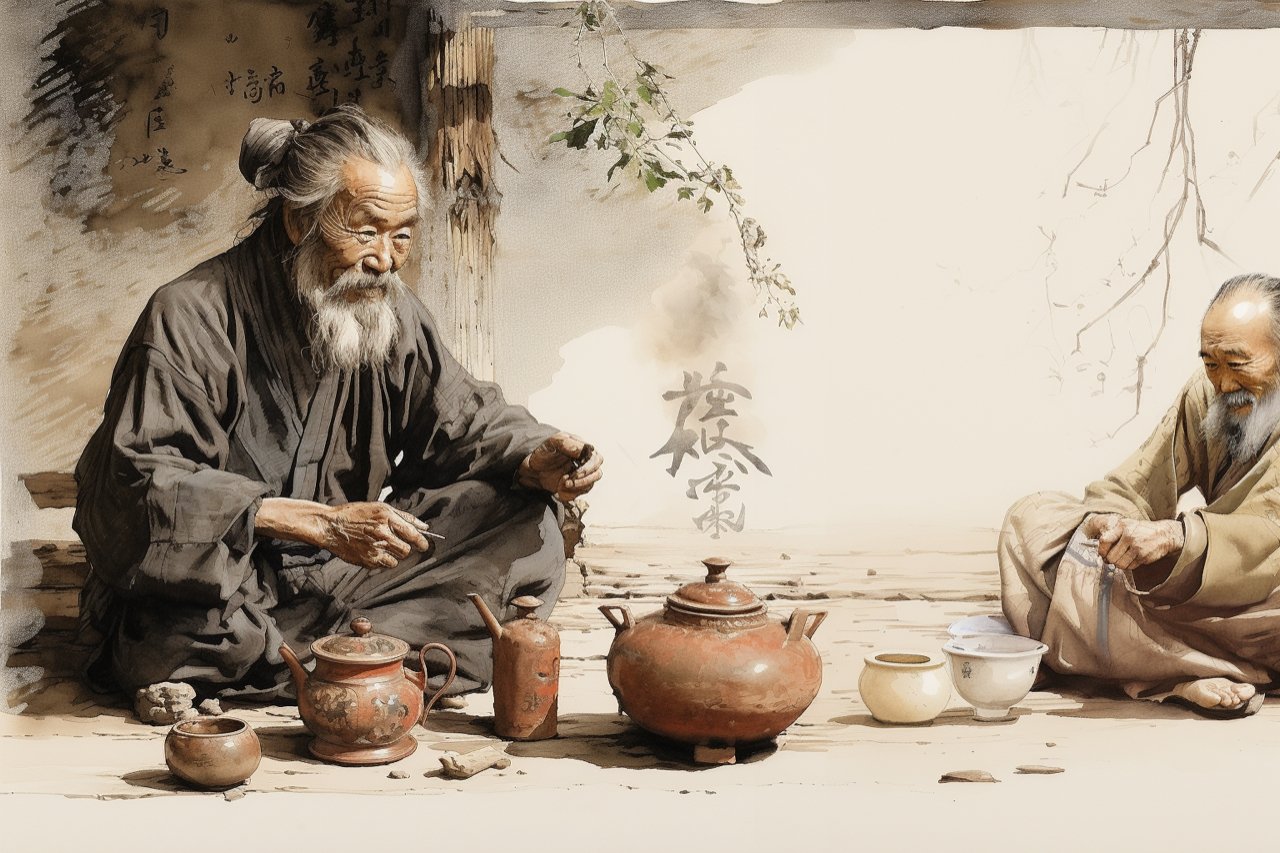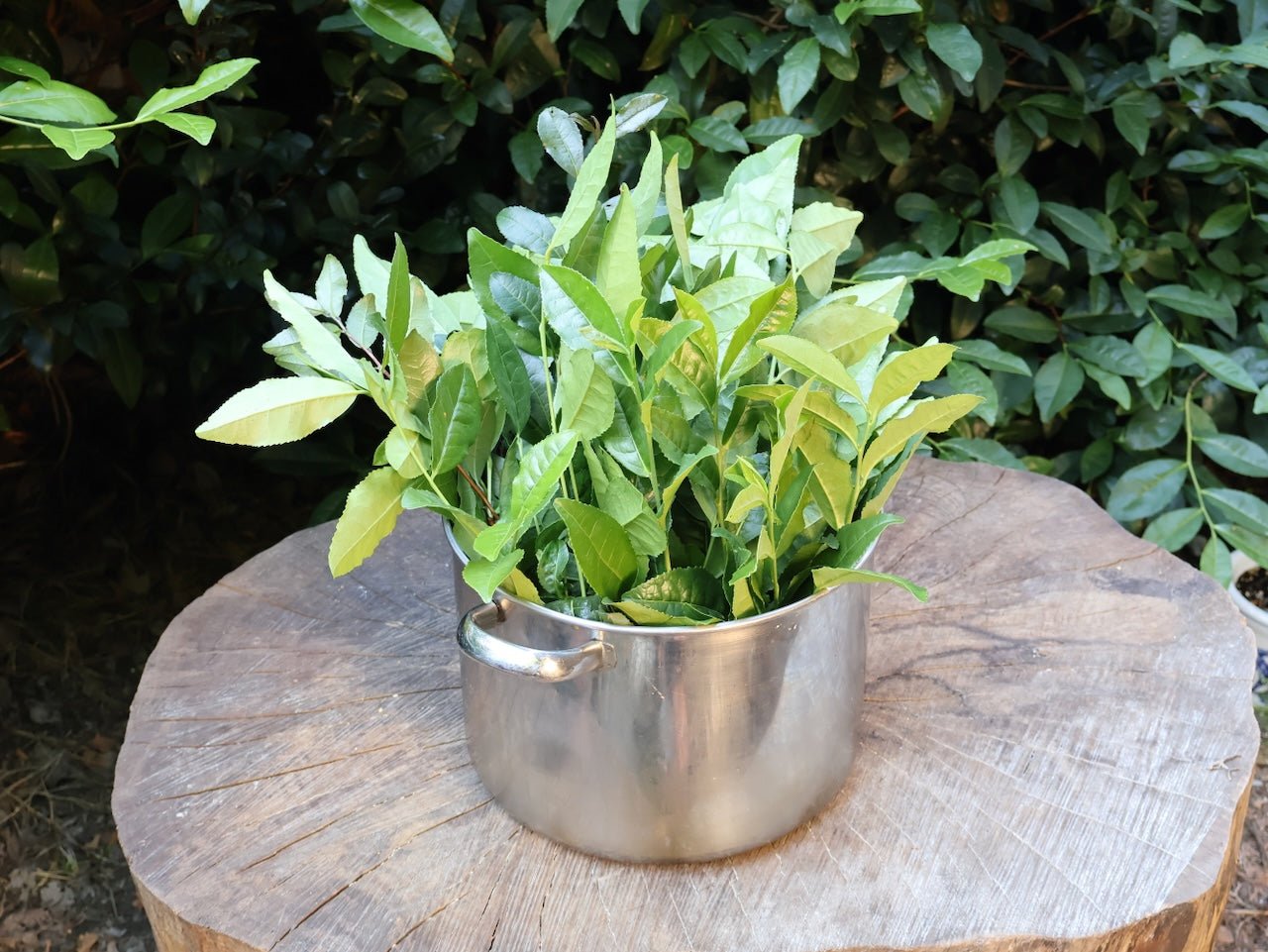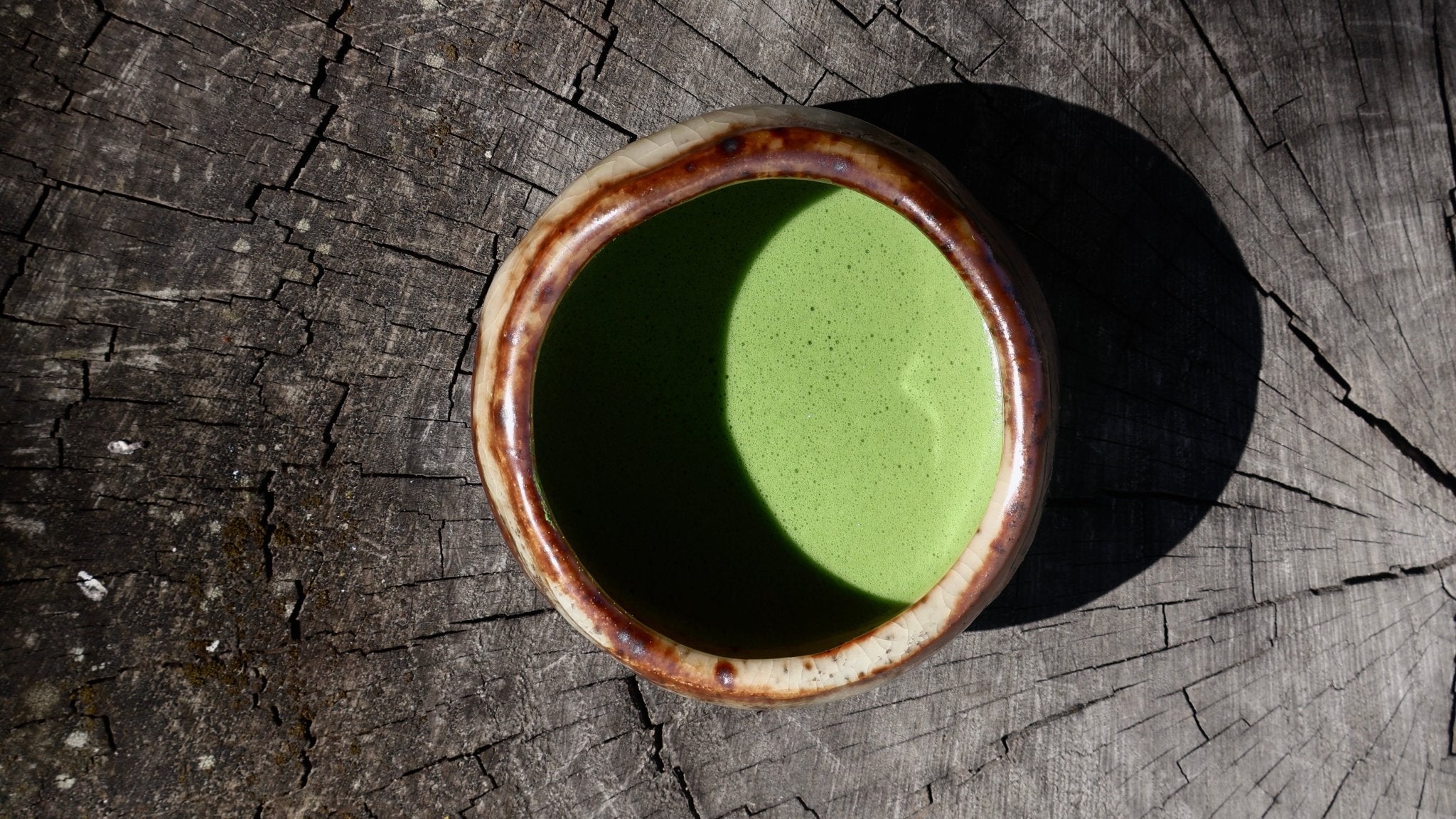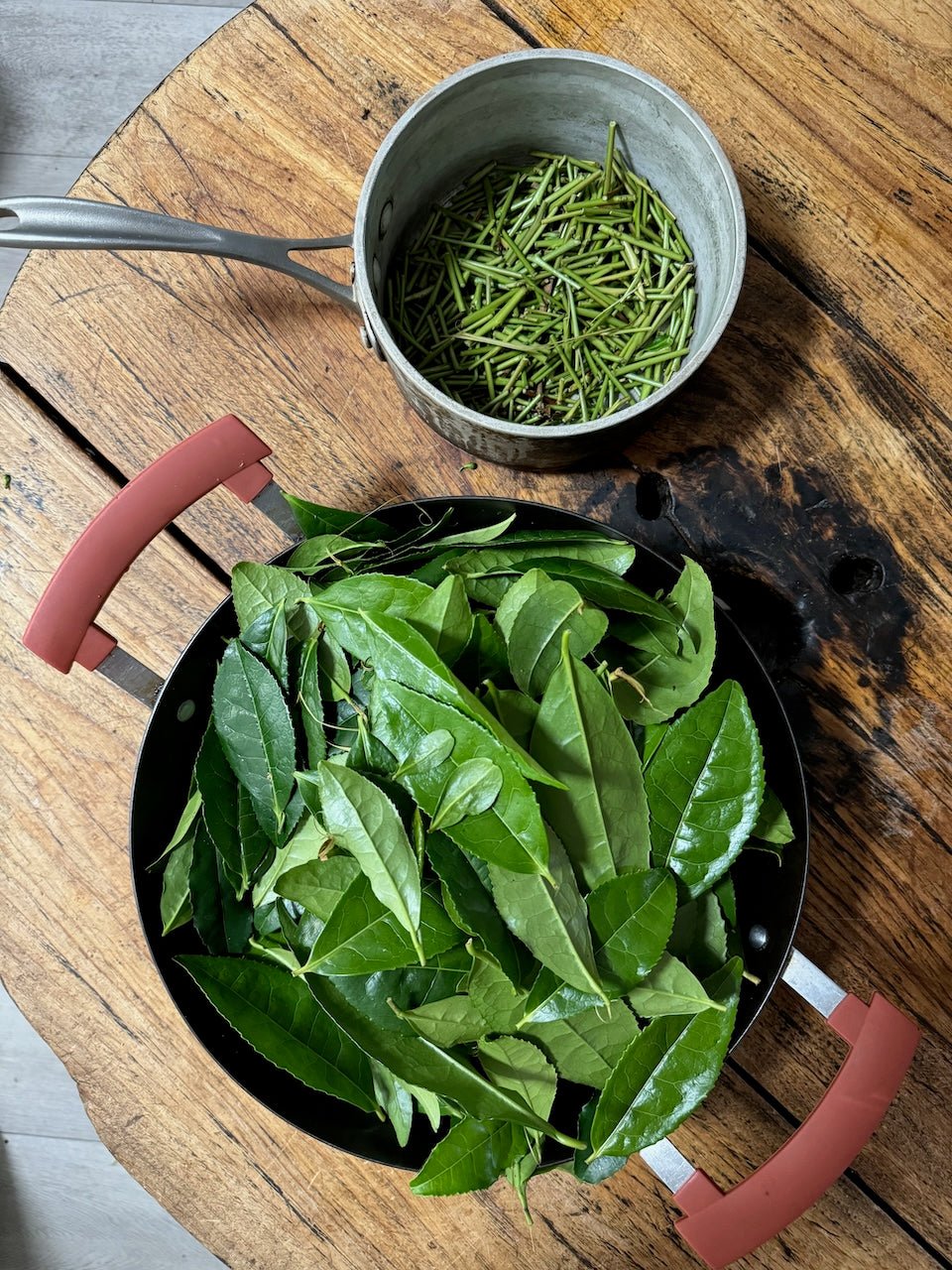HISTORY OF GREEN TEA | Baisao and the Rise of Sencha in Japan

A few centuries ago, the primary tea consumed in Japan was matcha (powdered tea). So why do most modern Japanese people now prefer loose leaf green tea?
In the Beginning, there Was Matcha
Japan’s early exposure to tea began in the 8th century when elites and select travelers experienced China's Tang Dynasty tea culture, which involved boiling tea. However, tea consumption was very limited during this period.
By the 12th century, Japan was developing its own tea culture. Buddhist monks, after long pilgrimages to China, became enamoured with tea and brought tea seeds back to Japan. Among these monks, the most famous was Myōan Eisai (明菴栄西), often regarded as the Father of Japanese Tea.

Public Domain, https://commons.wikimedia.org/w/index.php?curid=109131694.
Myoan Eisai and his peers were contemporaries of China's Song Dynasty. Along with tea seeds, they also imported China's sophisticated methods of preparing tea—grinding the tea leaves into powder and whisking it with water. This technique became the foundation of the Japanese 茶道 (Chadō), or "Way of Tea," which revolved around powdered tea, the precursor to modern-day matcha.
Counterculture - From Powder to Tea Leaves
For several centuries, the Way of Tea was primarily practiced by Japan’s educated and wealthy classes. Matcha was scarce and precious, and preparing it required specific skills and training.
However, during the early Edo period, a Chinese monk named Inyuan (known in Japan as Ingen) introduced a new practice from Ming China: steeping loose tea leaves in hot water. This was a pivotal shift.
The next key figure in this transformation was Baisao (売茶翁), whose name roughly translates to "Old Tea Peddler." His given name was Shibayama Gensho, and he was a Buddhist monk. But monastic life didn't suit Baisao, so in his 50s, he left the temple to pursue a different path—one that would shake up Japanese tea culture. He opened Japan’s first tea café, Tsusen-tei, in Kyoto’s Higashiyama area.
Baisao roamed the streets, carrying tea gear on his back, and selling tea in scenic spots like cherry blossom and fall foliage viewing areas. He famously allowed customers to choose how much they paid for tea, even stating, "You can pay anywhere from 2,000 ryo (about ¥100 million today) to half a mon (about ¥10). You can even drink for free. But I can't make it cheaper than free."

Painting by unknown artist, Public Domain, https://commons.wikimedia.org/w/index.php?curid=14754455
Perhaps Baisao looked like this. Who would not, gladly, drink tea with that guy?
Baisao favored a simple, relaxed approach to tea brewing, far from the formal and ritualized matcha ceremonies. His gatherings introduced people to the art of steeping loose leaf tea, and soon, the use of teapots and other utensils became part of everyday tea drinking.
Thanks to figures like Baisao, sencha—Japan’s most popular type of loose leaf green tea—became an essential part of the country's tea culture. Today, many people drink it casually, often bypassing the elaborate gear for the convenience of bottled green tea. While Baisao might disapprove of the plastic, he would likely appreciate the simplicity.




Comments